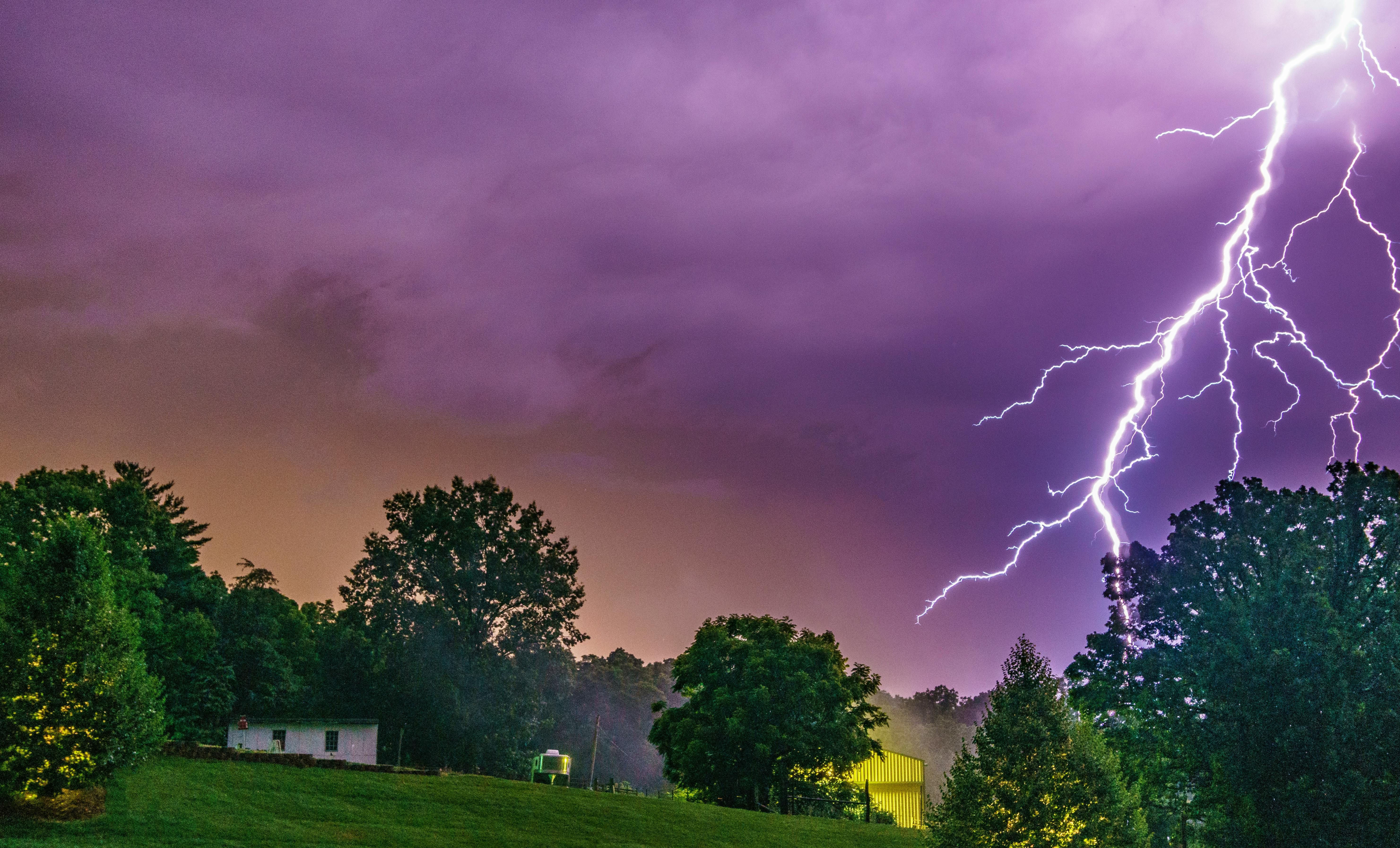Climate Adaptation Planning for Outdoor Events
Author
Jack
Date Published

Japan’s outdoor event season delivers both beauty and risk. From cherry blossom festivals to summer expos, weather volatility can quickly turn planning into crisis management. Heatwaves, sudden downpours, and typhoon threats are not occasional but seasonal certainties. For international organizers, this means resilience planning must be integrated into every site map, contract, and crew briefing, not treated as a last-minute contingency.
Japanese venues and municipalities operate under strict safety standards for temperature exposure and wind thresholds. Organizers are required to document countermeasures for both heat and severe weather before permit approval. Effective adaptation blends three disciplines: data monitoring, structural shelter design, and clear bilingual communication.
This guide explains how to set temperature limits, design shelter layouts, activate typhoon protocols, and secure proper insurance for outdoor events held in Japan’s dynamic climate.
Heat Protocols and Temperature Management
High temperatures and humidity are major safety concerns during Japan’s summer season. Municipal guidelines often restrict outdoor gatherings when the Wet Bulb Globe Temperature (WBGT) exceeds certain levels. Event organizers must implement hydration, shade, and rest measures to prevent heat-related illness.
Heat Management Framework
Condition (WBGT) | Temperature Equivalent (°C) | Required Measures | Notes |
|---|---|---|---|
Under 25 | Comfortable | Normal operations | Maintain hydration points |
25–28 | Caution | Provide shaded rest zones | Encourage frequent breaks |
28–31 | Severe Heat | Mandatory rotation system | Staff rest every 30 minutes |
Above 31 | Extreme Risk | Suspend outdoor program | Shift guests to shelter zone |
Mini Checklist
- Monitor WBGT using local government apps such as Heat Alert Japan
- Provide free water refill stations every 50 meters
- Install mist fans and shade tents near activity areas
- Display bilingual safety boards stating “Avoid Heatstroke, Drink Water Frequently”
Clause Example:
The Organizer shall monitor WBGT readings during event hours and suspend operations when temperature risk levels exceed the government threshold, ensuring immediate relocation to shaded shelter zones.
Coordinate with local health departments for on-site paramedic availability and distribute cooling towels to staff.

Typhoon and Severe Weather Planning
Typhoon season in Japan typically runs from June to October, with August and September presenting the highest probability. Early forecasting is accurate, but last-minute shifts in storm tracks require flexible rescheduling policies and prewritten communication templates.
Typhoon Response Protocol
Alert Level | Forecast Timing | Organizer Action | Communication Required |
|---|---|---|---|
Advisory Issued | 48–72 hours prior | Begin weather watch and confirm shelter plan | Internal team notice |
Warning Level | 24–48 hours prior | Prepare site lockdown and secure structures | Notify vendors and attendees |
Landfall Expected | 12–24 hours prior | Suspend setup and evacuate equipment | Issue bilingual cancellation notice |
Post-Event Recovery | After landfall | Inspect site and log damages | File insurance and safety reports |
Mini Checklist
- Track Japan Meteorological Agency updates twice daily
- Anchor tents and signage using weighted bases, not stakes
- Keep portable power and PA systems in waterproof cases
- Predefine refund or postponement procedures in contracts
Clause Example:
All outdoor operations shall adhere to Japan Meteorological Agency advisories, with typhoon-level responses implemented immediately upon local warning, including safe evacuation and equipment protection measures.
Hold a pre-season briefing with key vendors to confirm their own typhoon contingency readiness.

Shelter Layouts and Evacuation Coordination
Shelter planning is a mandatory component of outdoor event licensing in Japan. Local fire and police departments require a clearly marked shelter layout showing capacities, signage, and access paths. Shelters may include nearby halls, schools, or mobile tents depending on event size.
Shelter Layout Plan
Shelter Type | Capacity | Distance from Main Zone | Access Route | Notes |
|---|---|---|---|---|
Permanent Hall or Gymnasium | 200–500 people | Within 300 meters | Paved walkway | Must have toilets and water supply |
Large Tent Shelter | 100–200 people | Within 100 meters | Direct from event path | Reinforced frame and fire-resistant material |
Designated Indoor Room | 50–100 people | Within 50 meters | Step-free access | Suitable for elderly guests |
Emergency Vehicle Area | N/A | Adjacent | Service road | Must remain unobstructed |
Mini Checklist
- Post bilingual maps showing “Evacuation Route” and “Shelter Zone”
- Train volunteers on crowd guidance and headcount reporting
- Maintain communication with municipal disaster response office
- Install lighting and backup batteries in all shelters
Clause Example:
The Organizer shall establish designated shelter zones with confirmed capacity, bilingual signage, and accessible routes approved by local authorities prior to event start.
Perform a full evacuation drill during the setup day to test timing and communication clarity.

Insurance and Financial Safeguards
Japan’s insurance market offers specialized coverage for weather-related event risks. These include typhoon cancellation, heat-related medical response, and equipment damage policies. Understanding policy conditions ensures swift claims and financial protection.
Event Insurance Coverage Reference
Coverage Type | Scope | Trigger Condition | Provider Example |
|---|---|---|---|
Weather Cancellation | Lost revenue due to typhoon or heavy rain | Government-issued warning | Mitsui Sumitomo, Tokio Marine |
Equipment Damage | Storm or flood-related loss | Documented by inspection | Nippon Koa, Sompo Japan |
Medical or First Aid | On-site heat or injury response | Medical report required | Common in venue packages |
Public Liability | Guest injury or property loss | Third-party involvement | Required for permit approval |
Mini Checklist
- Purchase coverage at least 30 days before event
- Confirm bilingual policy documents and claim procedures
- Photograph all setups before and after severe weather
- Keep local contact details for insurance adjusters
Clause Example:
All outdoor event contracts shall include valid weather-related insurance covering cancellation, damage, and public liability in accordance with Japanese legal standards.
Attach the insurance certificate to the venue application file as proof of compliance.
FAQs
1. When does Japan’s typhoon season occur?
Typically from June to October, with peak activity in late summer and early autumn.
2. Are outdoor events allowed during heat warnings?
Events may proceed under moderate alerts but must suspend operations if WBGT exceeds critical limits specified by local authorities.
3. How can foreign organizers monitor real-time weather?
Use the Japan Meteorological Agency website or apps like NHK Weather and Tenki.jp for English forecasts.
4. Are tent shelters sufficient during typhoons?
No. Only reinforced, certified tents are acceptable for mild storms, while stronger shelters or indoor halls are mandatory for high winds.
5. What insurance should be prioritized for outdoor events?
Weather cancellation and public liability coverage are essential, along with medical protection for heat-related incidents.
Conclusion
Outdoor events in Japan succeed when beauty and safety coexist. Building a climate adaptation framework that combines heat protocols, typhoon readiness, shelter logistics, and insurance ensures guests experience Japan’s seasons safely.
Proactive planning reflects professionalism and respect for the country’s environmental realities. To access editable weather monitoring templates, bilingual signage designs, and typhoon communication checklists, connect with us for a complete outdoor resilience toolkit.